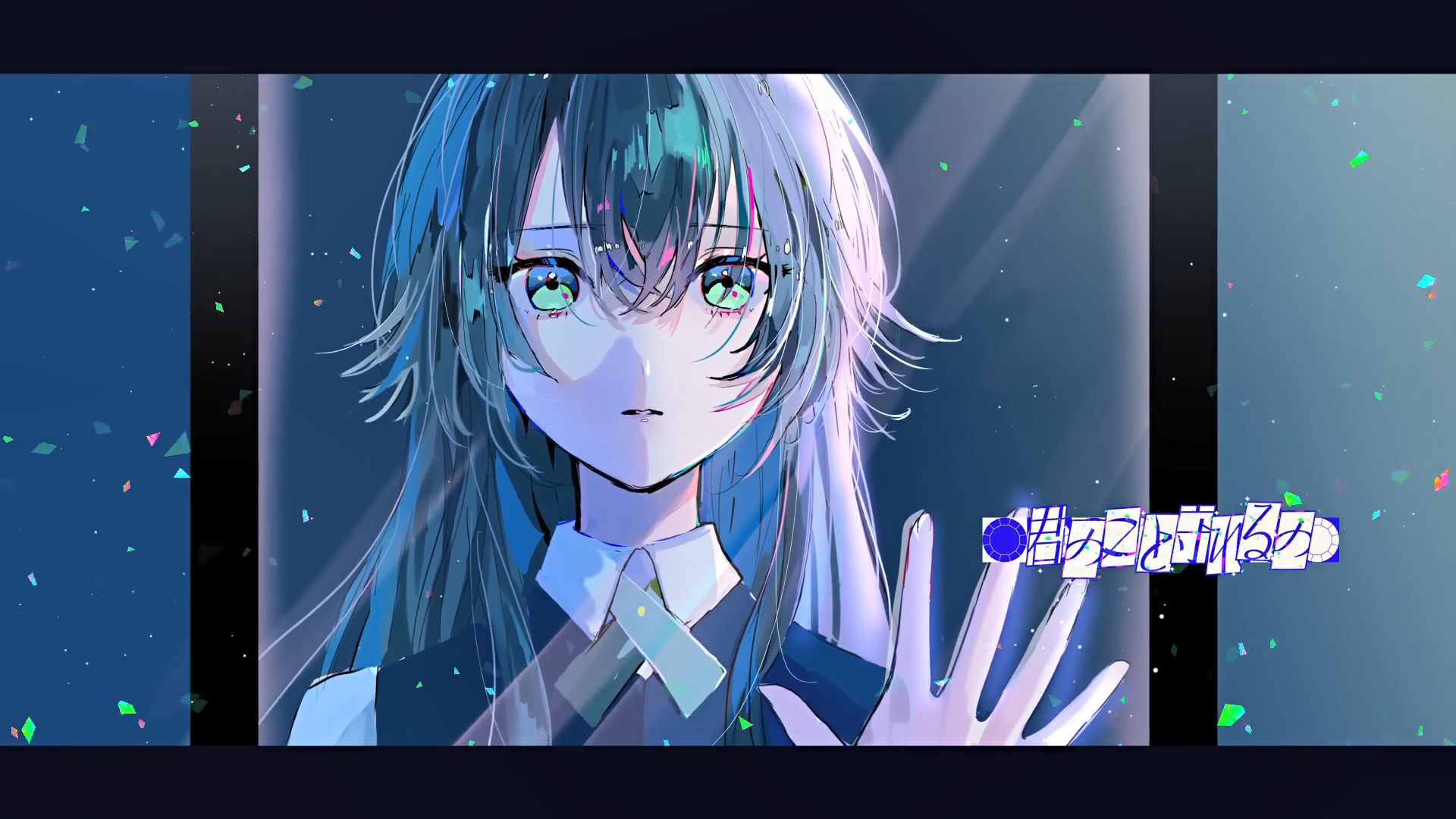
Adapting to the Modern Age – The Philosophy Behind Gakuen iDOLM@STER’s Visual Identity
Gakuen iDOLM@STER is shaping up to be an interesting new venture for a multitude of reasons, but especially its incorporation of trendy indie artists. As we enter a possible new age for the franchise, this is how it’s adapting its visual identity to more modern sensibilities.
As the iDOLM@STER franchise steadily approaches its 20th anniversary, the departure of key figures and questionable decisions regarding its existing branches have made the last year something of a precarious period. And so, in the midst of all that, the announcement of Gakuen iDOLM@STER (Gakumas from here on out) didn’t exactly inspire hope. The addition of a new branch had felt like more of a quick band-aid fix-up rather than a conscious step towards an actual solution. Yet the closer we inch sprint towards its release, the more it’s shaping up to be a bold departure that the franchise may just have needed, and this is in no small part due to the visual identity that it seems to be developing.
While that may feel like the lead-in to a spotlight on its in-game visuals and clearly pronounced production values, Gakumas‘s most interesting facet lays outside the soon-to-be-released game, namely in the music videos that have been prepared for its cast. Not that MVs are a new concept for imas—Fuyuko’s SOS quickly became a choice song to cover among Virtual Youtubers for a reason—but Gakumas has taken an approach to them that betrays some fundamental norms within the franchise. And much to my and many others’ surprise, that’s a wholeheartedly supportive statement.
For lack of a better way to describe it, imas has always felt like imas, even across its multiple branches and the plethora of artists involved with it. That cohesive identity had been one of the franchise’s greatest assets—its way of making you feel right at home even when in new territory. As times continue to shift, though, that asset has slowly become its greatest foil. The airing of The iDOLM@STER in 2011, the release of Starlight Stage in 2015 and—to a slightly lesser extent—the introduction of Fuyuko in 2019 were significant in how they successfully pulled in new fans from their respective generations, but it’s only fair to say that there haven’t been any pivotal moments of their ilk since. Even the multiple anime adaptations we’ve seen over the past year have been endeavours that mainly appeal to preexisting fans.
Though a number of factors influenced these moments, the one constant between them all is timing. Each took place during a period where that core imas identity happened to appeal to the sensibilities of not just current fans, but general otaku culture at the time as well. That’s where the landscape has changed the most—the imas name still holds its prestige, but for the younger generations of today, that prestige means little in the first place. This sounds like the preface to an old man yells at cloud rant, but it’s only natural that trends change with time, particularly when we’re coming off the back of a global pandemic that had a drastic impact on how people approach media in the first place.
In the face of these changing times, one of the answers Gakumas has found is through the rise of trendy indie animation. Some of the biggest stars of the current era—ones like ado specifically—have shown a particular preference for this form of expression in their MVs, and their popularity is only aided by the fact that many of the artists involved in creating them belong to the same generation that they’re creating for in the first place. But Gakumas‘s pursuit of this isn’t noteworthy simply in and of itself—it’s the understanding of what made it a trend in the first place that’s most fascinating.
This doesn’t happen by chance, either. Someone with a steady finger on the pulse has to be involved, which is where Takuya Negawa comes in. The head producer on Denonbu is credited as producer for these MVs specifically, which helps put things into perspective. Not only did that project enlist the aid of an increasingly prominent artist such as Mika Pikazo for its character designs, as well as a slew of composers representative of the modern age, it was also ahead of the curve in its incorporation of Nijisanji members as part of its diverse cast. Gakumas‘s endeavor could easily have ended at bland mimicry, but by allowing him to reach out to and work closely with the same artists that have fed into this trend, they’ve proven themselves to have a very concise, deliberate vision for this new branch. As a bonus, we’ve also seen some very heartwarming reactions from said artists, my personal favourite being the director of Mao’s Fluorite personally phoning Negawa to thank him for the chance to work on the MV immediately after it premiered.
Another important factor they’ve shown an understanding of is visibility. Easy access to full versions of these high-quality MVs is the norm now and, unsurprisingly, has resulted in tens of millions of views. The launch of a dedicated Gakumas channel—with all of the MVs already scheduled for their respective premiere dates, no less—isn’t just a clever marketing move, it’s a deviation from the standard procedure of dumping everything imas related onto the official Youtube channel and letting it get buried in the process. But most importantly, it’s a lesson well learned from locking low-quality Shiny Colours character MVs behind individual time-limited gacha banners in a half-baked attempt to have players funnel money into the game.
Yet as much as these MVs represent a new venture for the franchise, they’re also a confident display of not forgetting where it came from in the first place. Outstanding as they can be even as standalone pieces, it’s within the context of their respective characters where they shine the most, serving as a much more intimate window into their peculiarities and possible character arcs that have been hinted at in their introductory PVs. Saki’s Fighting My Way may just be the most beautifully ironic in this regard, as its entire theme actively goes against one of the franchise’s most deeply held traditions: the gentle, caring, sometimes kind of stupid lead. Her gremlin propensities were already apparent from the moment the game was unveiled, but this doubles down on her more competitive, almost combative side, which would historically be the recipe for a rival character. And thematically it works, as a sore loser who’s also top of their year isn’t exactly someone to be trifled with in the first place.
While Fighting My Way is something akin to a straight jab to the face, others take a more nuanced approach. Mao’s Fluorite and Hiro’s Koukei, directed by Pie in the sky‘s 2z2 and Wataru Uekusa respectively, may just be the most well-crafted of the bunch in that regard. Fluorite puts the spotlight on Mao’s personal dilemma of the perceived cool, prince-like image of her that’s been created in the pursuit of her dream vs her unembellished self. Though the latter has been shut away of her own volition, doing so continues to eat away at her, rendering her unable to focus to the point where she’s been taking on less and less work. The eventual conclusion she reaches is that it’s okay to have the best of both worlds; cool is cute, and cute is cool, which feels like a much more sophisticated approach to what can often be a contentious topic at best. And if we want to keep on the theme of having trendy indie artists involved, look no further than Haruka Suzuki‘s participation in it. Not simply due to her roots and prolific work on the indie side, but also her being the mind behind the Bocchi the Rock! endings—because nothing says trendy more than cultural landmark anime.
Meanwhile in Koukei, we see Hiro’s decision to become an idol among the endless possibilities branching out before her take center stage, where an almost dreamlike landscape and round, soft character design conjures up imagery that feels very reminiscent of the likes of Kaiba, with a little dash of Kyousougiga here and there. The morphing sequences—penned by Kei Fujishima and Hiroshi Sakai—also represent her journey as such, as she skips through this dreamscape with all the potential in the world before her eventual encounter with what’s taken her interest the most, removing herself from the realm of those possibilities as a result and leading to where she is now.
But on an entirely personal level, the highlight has to be Temari’s Luna Say Maybe. A recurring comment I’ve seen is how it feels very busy, and I don’t disagree. If anything, I would argue that was the intent in the first place considering that such a dense approach is Jia Hagimori‘s bread and butter, and also one that matches the visceral mix of emotions on display. The visuals are attuned to how Temari feels like she’s desperately singing for her life, which is a first for the lead trio’s blue representative, and give us a very overt understanding of the range of her emotions. A recurring motif and personal highlight is the visualization of her words and feelings going through so many filters that they wind up misconstrued, which comes to a head as the song closes out. Not only has she cast aside the filter, but the period that forcibly cut her off at the beginning has now been replaced with a comma—as the lyrics state, there’s still so many things I want to tell you about. And that’s how I became a TemariP.
The framing of its cast, not just in terms of their own personal baggage, but also in respect to their peers and the world surrounding them, is an aspect imas has always excelled at. And while it’s too early to judge whether or not the writing itself will be able to follow through, the use of these MVs is very much a step in the right direction. Personally I’d be more than pleased if this weren’t just a one-time affair and we got to see them make more for future songs.
Though these MVs have been the focal point of this post, they’re not the only surprise that Gakumas has had up its sleeve. The recent announcement of a manga adaptation by Kotoba Inoya of Smile Down the Runway fame came out of left field, and is further evidence of their stance on taking advantage of popular trends. The singular focus on Kotone is an interesting choice consdering most imas manga opt to cover either the entire cast or select groups, and also has me wondering if they plan on doing the same for other characters down the line. Tying back to what I said earlier, you can tell that there’s been zero attempt to adapt Kotoba’s art into a more imas-like style as well, to the point where you might not even recognise that this is Kotone at first glance.
It goes without saying that simply chasing trends for the sake of it has never been a worthwhile venture, but Gakumas is already proving itself to be more focused on molding the franchise around them in interesting ways. And while there’s no telling whether or not that’s going to work out in the long run, or if they can even do so consistently, the views being amassed by the MVs would indicate that there’s been some payoff at the very least. Regardless though, my fingers are firmly crossed that things will work out, because at this point it’s hard to imagine this franchise not being a permanent fixture of my life.
Support us on Patreon to help us reach our new goal to sustain the animation archive at Sakugabooru, SakugaSakuga (作画): Technically drawing pictures but more specifically animation. Western fans have long since appropriated the word to refer to instances of particularly good animation, in the same way that a subset of Japanese fans do. Pretty integral to our sites' brand. Video on Youtube, as well as this SakugaSakuga (作画): Technically drawing pictures but more specifically animation. Western fans have long since appropriated the word to refer to instances of particularly good animation, in the same way that a subset of Japanese fans do. Pretty integral to our sites' brand. Blog. Thanks to everyone who’s helped out so far!
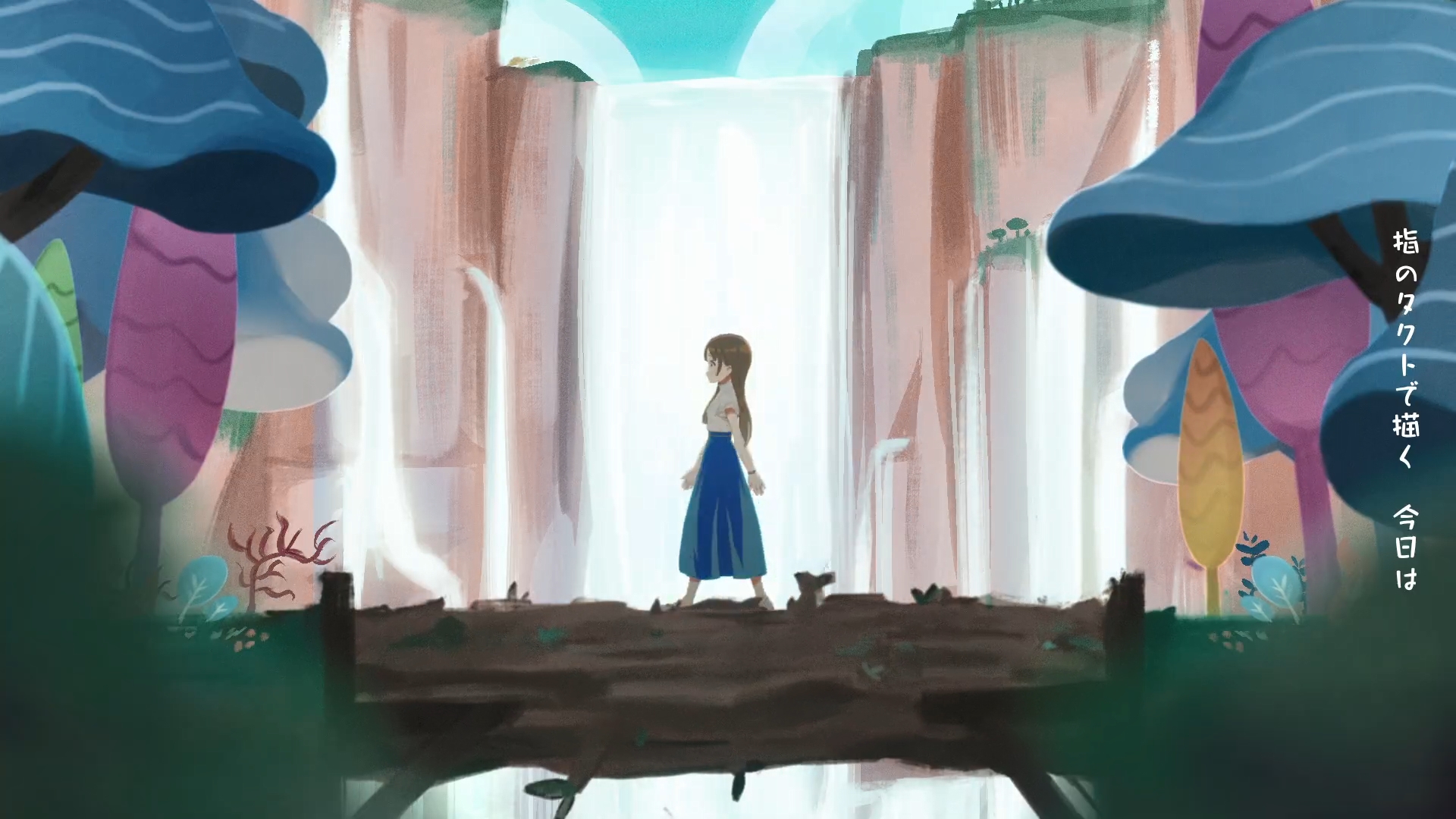
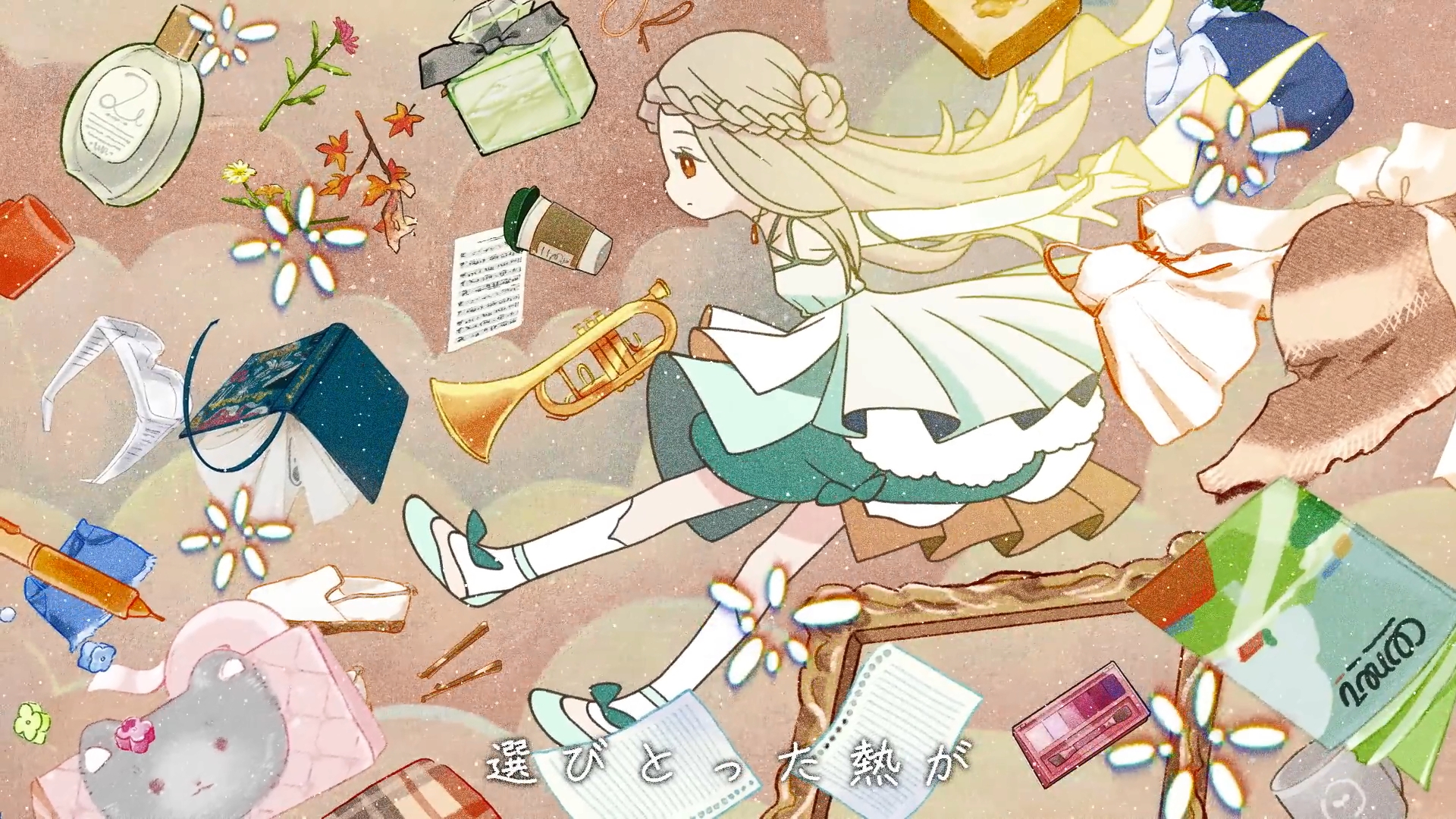
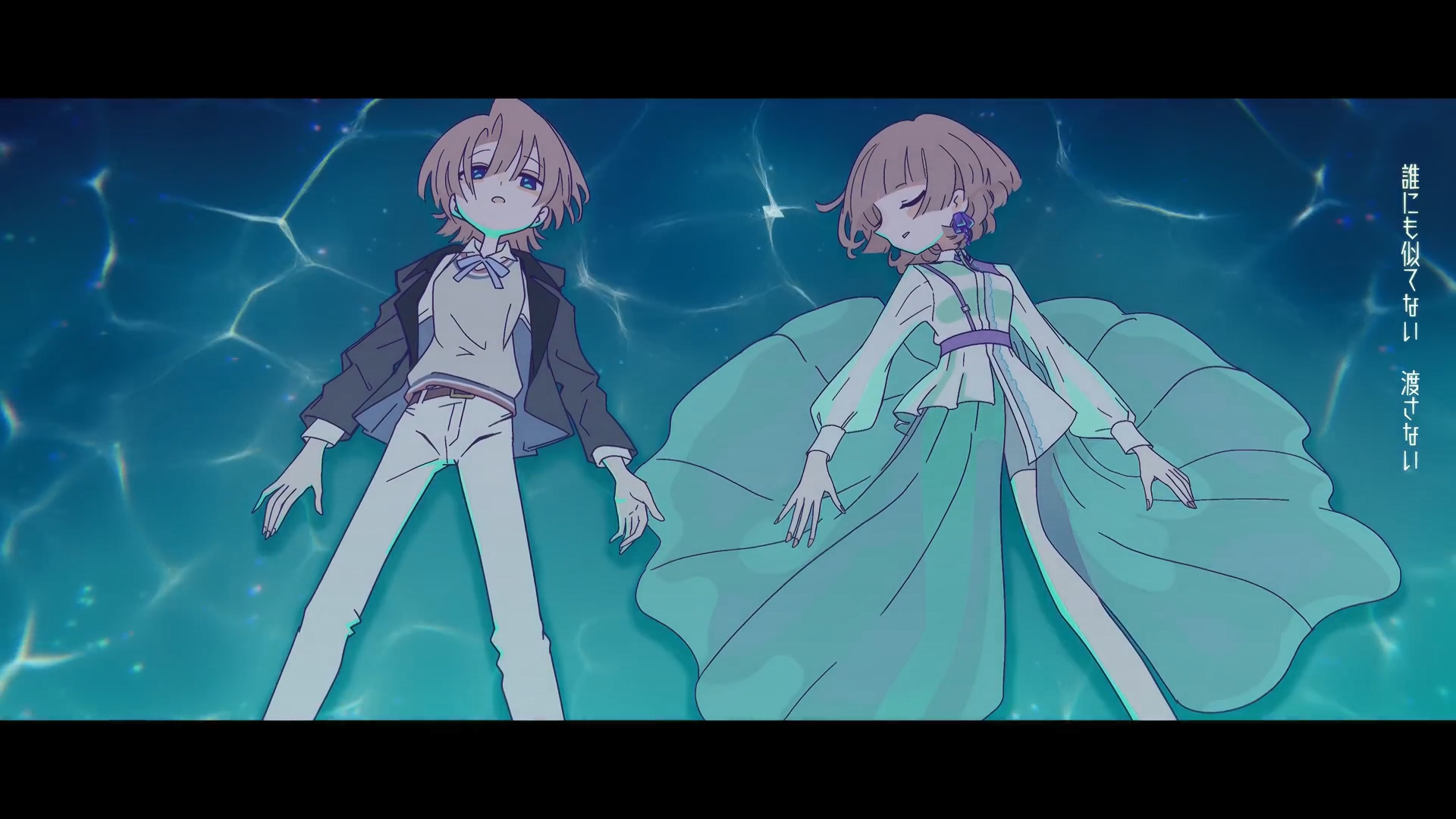
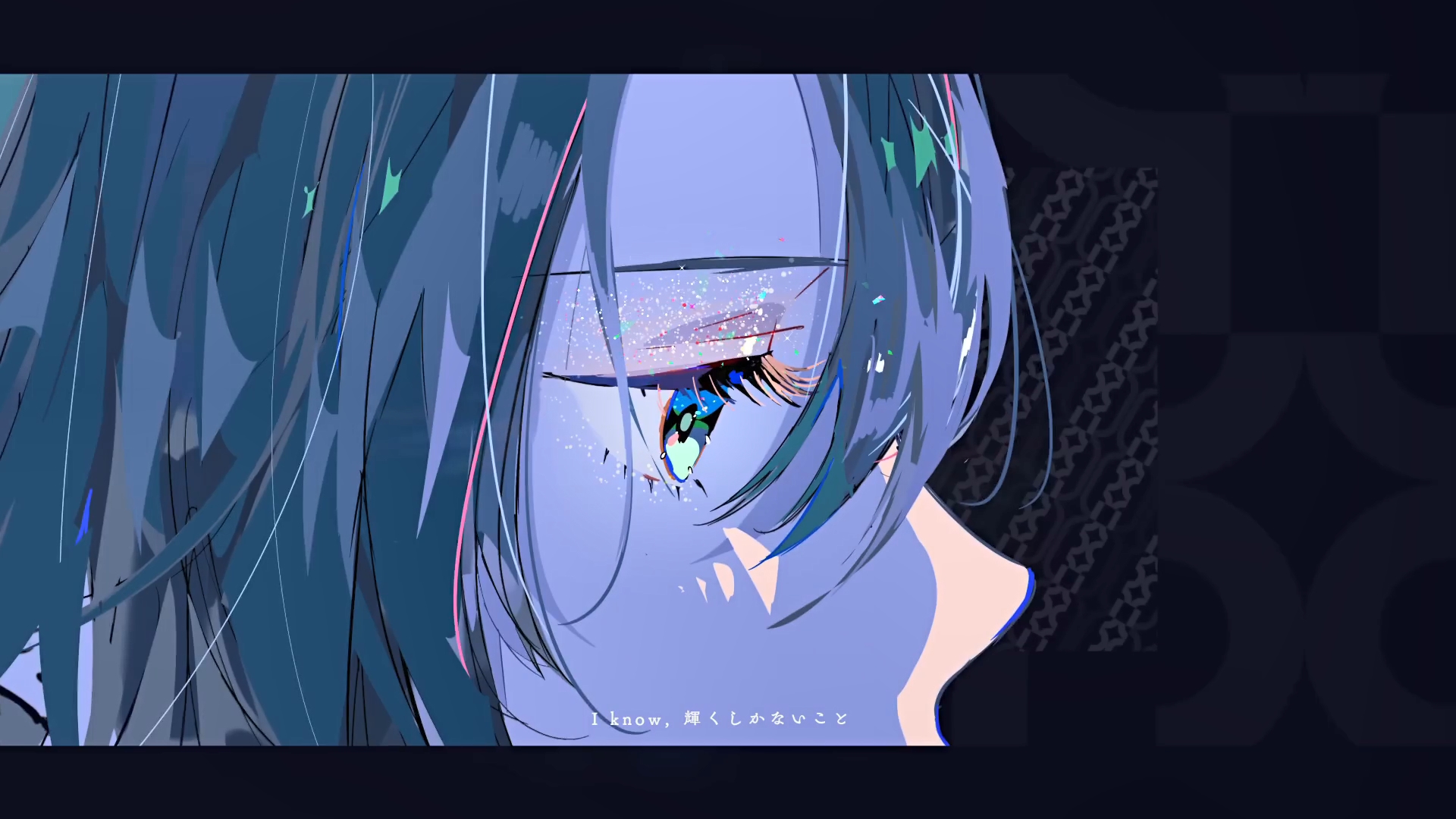
The Gakumas manga not following the main artstyle is very reminiscent of how Uma Musume approach their manga adaptations, where they let every author/artist express their unique styles more freely and not even have to strictly adhere to “canon” story-wise (although in Uma’s case, the lore is pretty lenient with plenty of retcons to begin with).
I wasn’t actually aware of that since my knowledge on Uma Musume is limited at best, but that’s pretty cool to hear! Definitely a fan of that approach in general, and imas manga over the past decade have generally had a great track record, so I’m looking forward to seeing how this one goes.